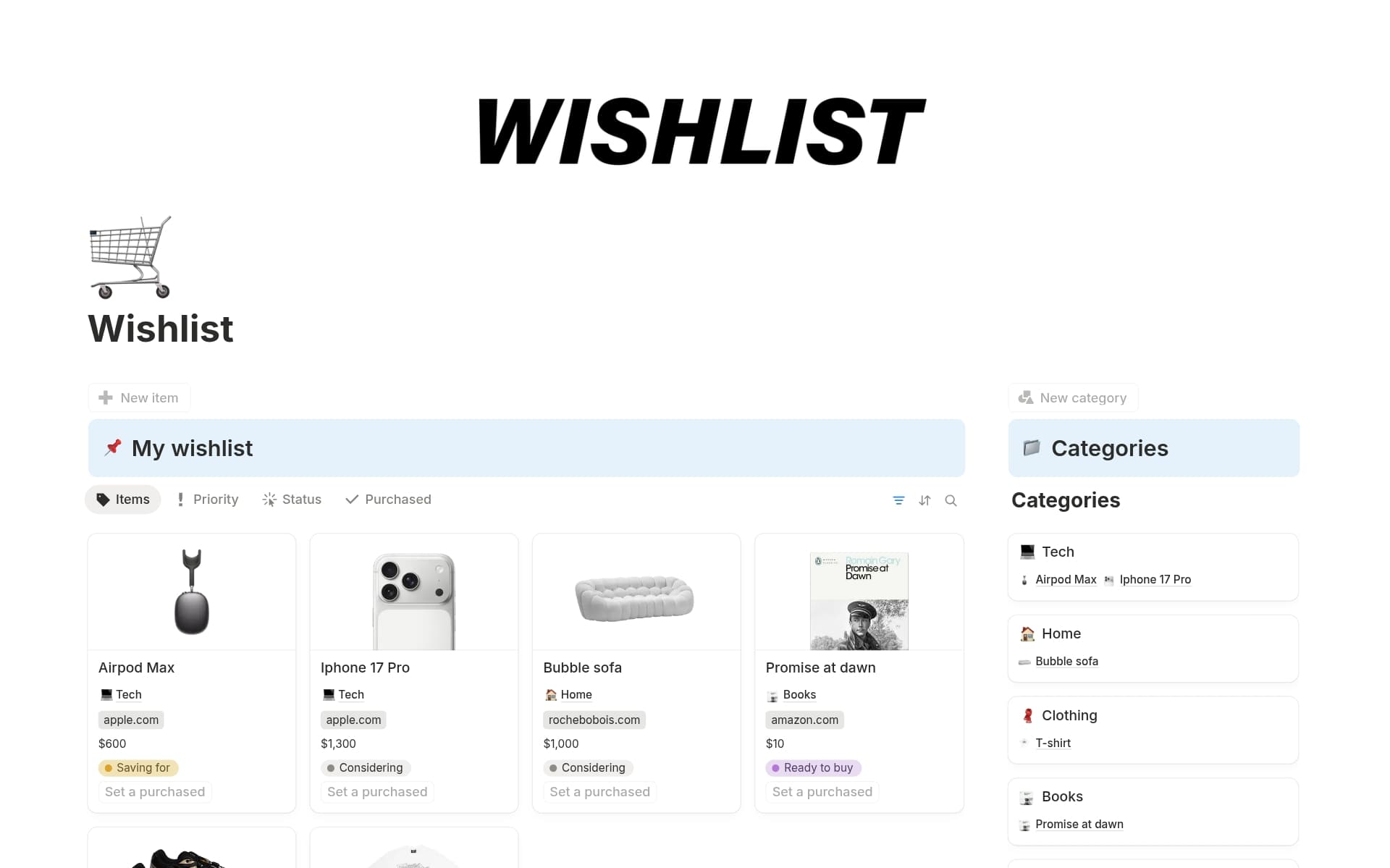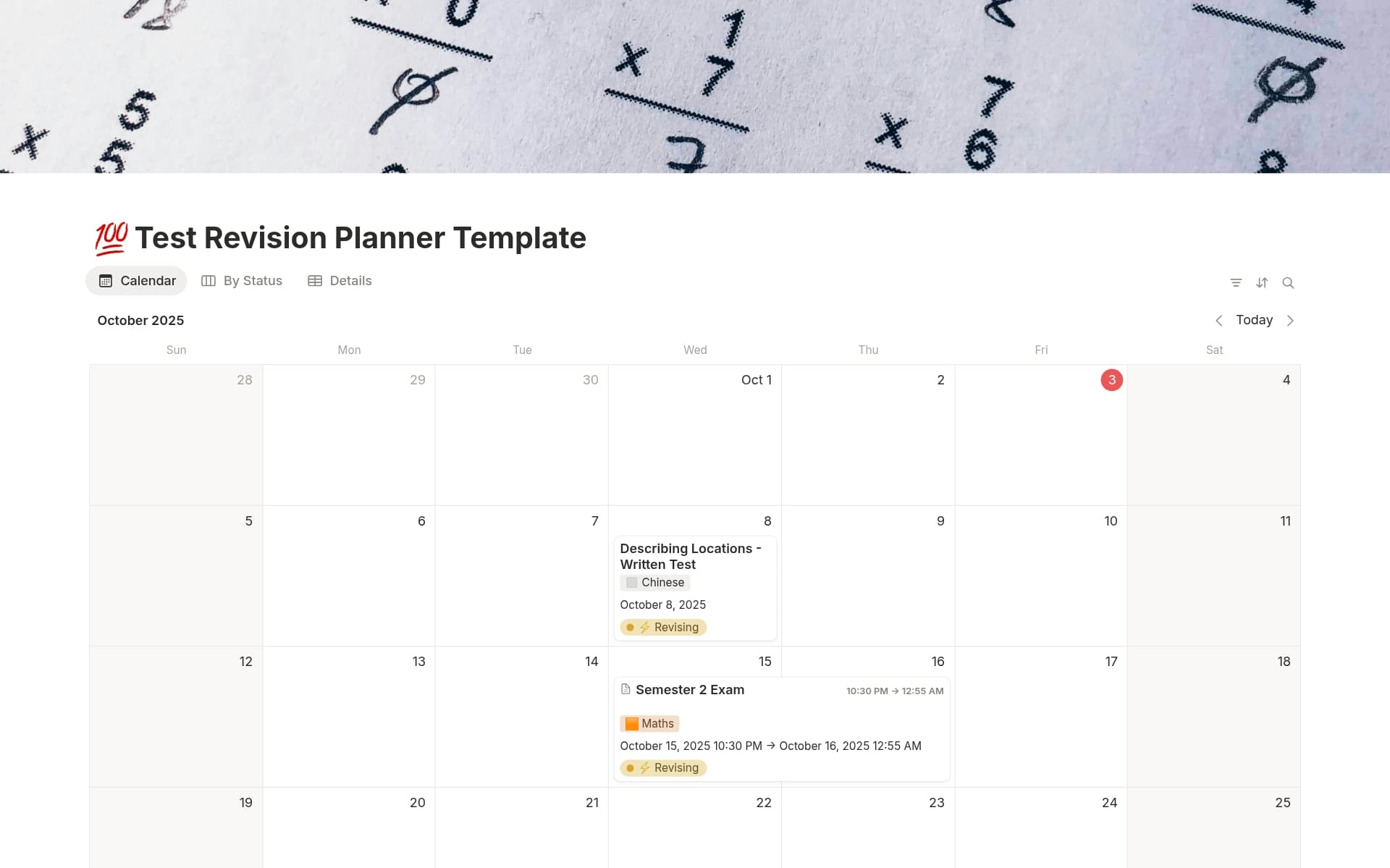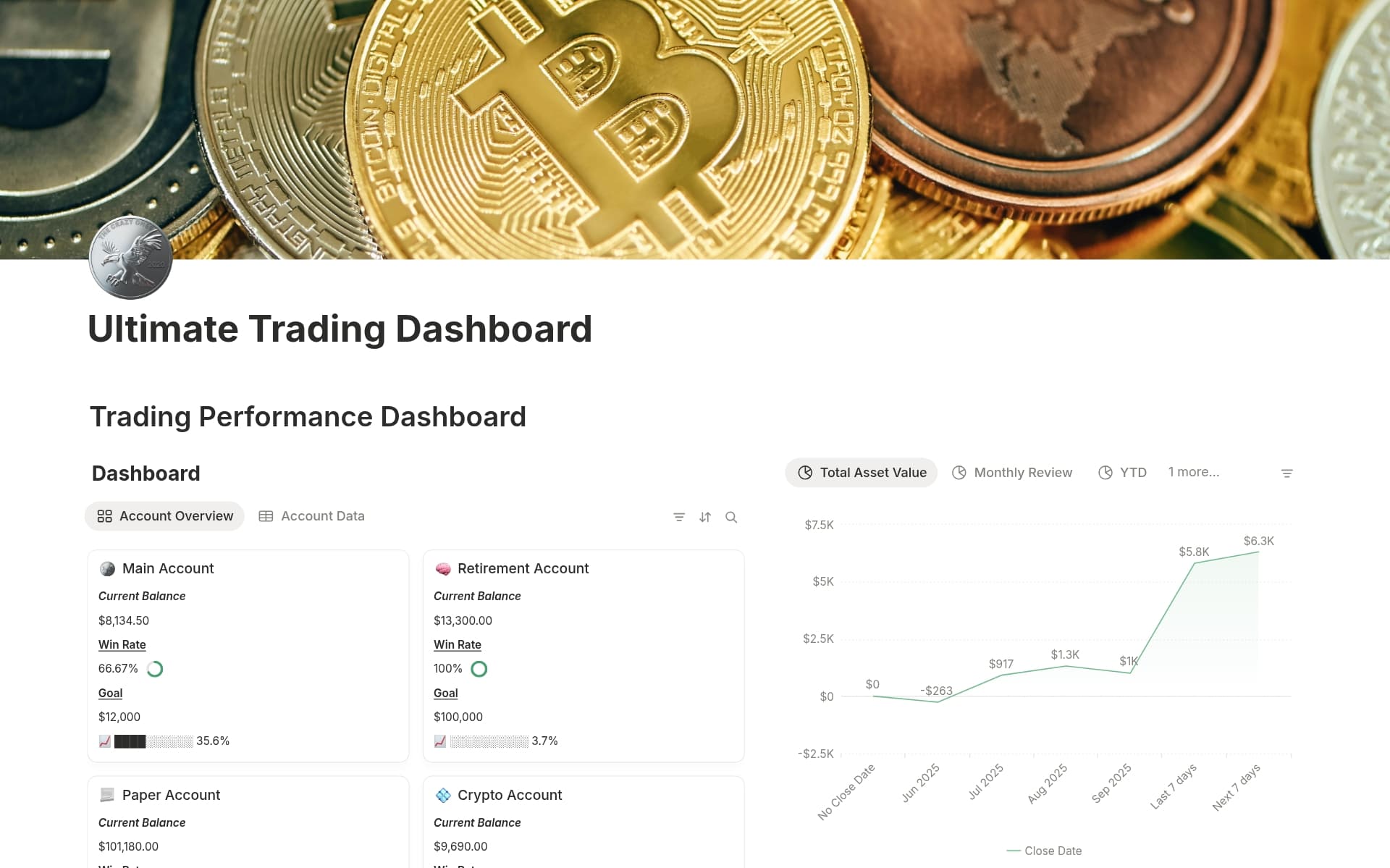For network administrators, efficiently managing relationships and transactions with various vendors is indispensable. A Vendor Management template in Notion can streamline this process by providing a centralized platform for monitoring vendor performance, managing contracts, and assessing risks. It thereby helps in making informed decisions and improving the overall operational efficiency.
Before starting to create your own Vendor Management template, consider exploring these meticulously crafted templates to simplify the process and elevate your management strategy.
What Should Vendor Management Templates Include?
Choosing the right Vendor Management Template can streamline the way you interact with your suppliers and service providers. Here are key components to look for:
Contact Management: This feature should allow you to store and manage contact information for all vendors, making it easy to get in touch when needed.
Contract Oversight: A good template will include tools to track contract terms, renewal dates, and compliance requirements to ensure you're never caught off guard.
Performance Metrics: Evaluate vendor performance through integrated scoring systems that help you monitor service quality and responsiveness.
Financial Tracking: Look for templates that facilitate the tracking of payments, budgets, and expenses related to each vendor, enhancing financial oversight.
Ultimately, the best Vendor Management Template empowers you to maintain fruitful, efficient relationships with your vendors, ensuring both compliance and quality in service delivery.
What Should Vendor Management Templates Avoid?
Choosing the right vendor management template is crucial for streamlining operations and maintaining clear communication. However, some features can complicate rather than simplify your processes. Here are three key components to steer clear of:
Overly Complex Features: Avoid templates with intricate features that are not essential. These can make the template cumbersome and difficult to navigate, reducing efficiency.
Non-Customizable Fields: Templates that do not allow customization can limit your ability to tailor the tool to your specific needs. Opt for templates that are flexible and adaptable.
Limited Access Controls: Ensure the template supports role-based access controls. Templates without proper access features can pose a security risk and hinder workflow management.
Remember, the best templates are those that enhance functionality without adding unnecessary complexity. Choose a template that is straightforward, adaptable, and secure to help manage your vendors effectively.




